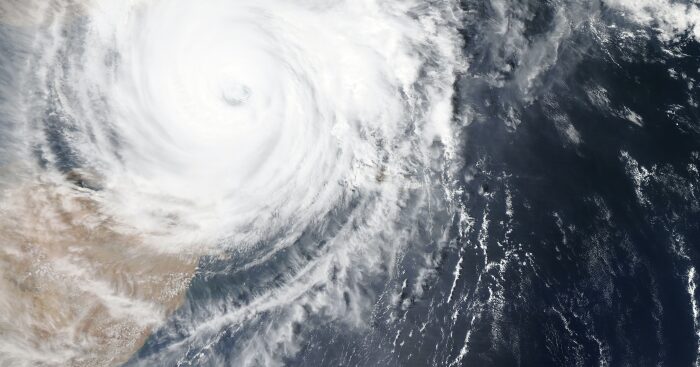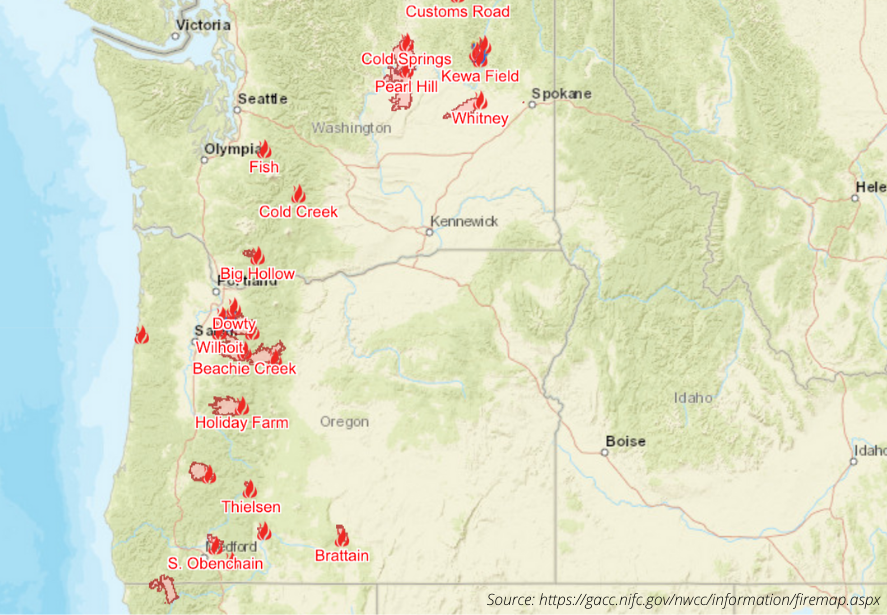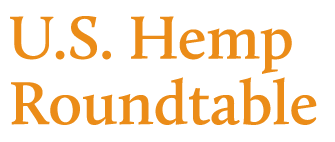Latest
Severe Weather’s Effect on Biomass & Smokable Flower Supply
PanXchange Blog
The American hemp farmer can’t seem to catch a break between the two significant problems they face: legislative uncertainty and marketing their products in an oversupplied market. Yet Mother Nature just reminded us all that she is the highest priority in good times and bad. US farmers in three major hemp producing areas are experiencing extreme weather conditions, wherein some cases, hemp farmers are reporting a total crop loss of their farm.
West Coast Forest Fires
Fires across the West Coast are actively burning with over five million acres charred, but the smoke from these fires has traveled thousands of miles. Major cities like Seattle and Portland reported over the last few days that their “Air Quality Index (AQI) has been hovering between 150 and 180,” making these cities amongst the worst air qualities in the world.
In Oregon, over 1 million acres have burned in the past week alone and primarily burning along the North/South corridor of Interstate 5. This area of the state is where cannabis, both marijuana, and hemp, are predominantly grown. For those interested, Oregon State University’s Jeffrey Steiner is hosting a virtual field day on Monday, September 23rd. The topic will be on fire and smoke impacts on the hemp crop in Oregon’s Southern area.
The two main hemp-cultivation areas of Oregon affected by the fires are Willamette Valley and Medford. Not surprisingly, none of PanXchange’s members were available for comment. On the other hand, Medford is known by many to be just outside of the Emerald Triangle. An area of Northern California known to many as one of the best locations in the world for cultivating cannabis.
In Jamul, California, a town just outside of San Diego, hemp farms are scattered all along the valley where one of the latest fires is taking over. Out of the 87 registered growers, already two hemp farms have been reported to be lost in the Valley Fire.
Effects of the Smoke on the Taste of Smokable Flower
The effects of the smoke on the taste of smokable flowers can draw parallels to the wine industry. The Australian Wine Research Institute found that smoke from wildfires ruined the smell and taste of the nation’s grapes, and wine was left “with undesirable sensory characters, such as smoky, burnt, ashy, or medicinal.” Only time will tell if the smoke from the fires will carry over into refined products, but it seems as though it will leave most cultivators with one other option for their crop: extraction, at a much lower ROI than the smokable flower.
Hurricanes
While fires burn on the West Coast, the South is battling against a hurricane season that they’ve never seen before. At the end of August, Hurricane Laura hit landfall and left a considerable amount of damage. Chatted amongst PanXchange members has been that quite a lot of hemp acres were destroyed in Hurricane Laura, but the amount of total damage to the fledgling state, at least in a cannabis sense, is still unknown.
Then on September 15th, Hurricane Sally, a category one hurricane, made landfall on an area that had already been affected by Hurricane Laura with 80+ MPH winds. In addition to these two recent hurricanes, for the first time since 1971, there are currently five more named storms in the Atlantic. It is alarming news for hemp farmers in the Delta and Southeast US.
Winter Storms in Colorado
An early winter storm in Colorado brought almost a foot of snow to some areas, eerily similar to the first winter storm that blighted the Pueblo, CO area in 2019. The snowfall moistures’ weight collapsed the canopies of most outdoor-grown marijuana and hemp, devastating circumstances for many cultivators. Besides, the snow and freezing temperatures have a debilitating effect on cannabinoid levels, as the cold temperatures knock off most trichomes.
Weather Issues Effect on Supply
With the 2019 harvest’s oversupply carrying over into the new year, the weather’s detrimental effects on cultivators might positively affect prices nationwide. However, time will tell the overall impact of these fires, hurricanes, and early winter storms on the hemp markets supply and demand economics.
We at PanXchange will continue to report on these abnormal weather events as it affects production. In the meantime, our thoughts are with all of our friends in the industry facing these difficulties that are piled on top of an already challenging year.










